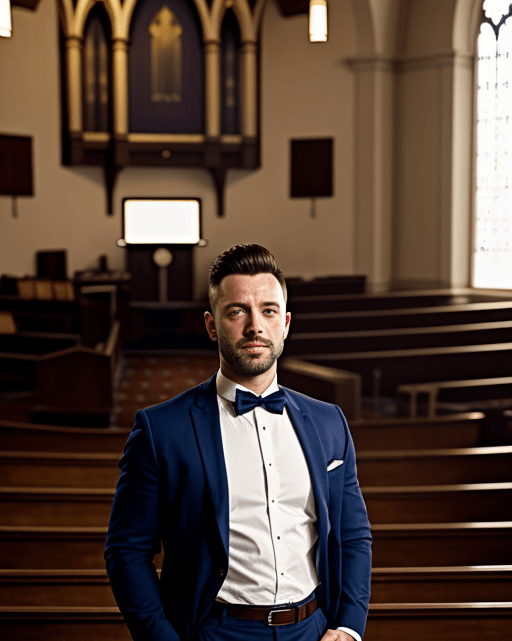Sacred Hierarchy: Understanding the Offices of the Aaronic Priesthood and Early Christian Church

The scriptures paint a detailed picture of the various ecclesiastical roles from the Old Testament Aaronic Priesthood to the offices within the early Christian Church. Each office had specific qualifications, and some required certain age or gender, while others were open to Jews or Gentiles.

The Aaronic Priesthood (Old Testament)
The Aaronic Priesthood was the exclusive domain of the male descendants of Aaron from the tribe of Levi. The High Priest, in particular, was a role limited to the direct line of Aaron.
- Lineage: This was the primary qualification. Aaron’s descendants were bestowed the privilege to conduct rituals and sacrifices (Numbers 3:10).
- Age: Priests began their service at the age of 25 (or 30 according to some interpretations) and retired at 50 (Numbers 8:24-25).
- Gender: Only males could become priests (Leviticus 21:1-15).
- Physical Purity: Priests were required to be physically unblemished and ritually clean (Leviticus 21:17-23).
Offices of the Early Christian Church
The early Christian Church introduced various offices, with diverse eligibility criteria:
- Apostles: This role was not restricted to a specific age, gender, or lineage. However, apostles were directly chosen by Jesus and needed to have witnessed His ministry, death, and resurrection (Acts 1:21-22). Paul’s apostleship was an exception due to his unique encounter with Christ (1 Corinthians 9:1).
- Prophets: There were no strict age or gender requirements for prophets. The essential qualification was the receipt of direct revelations from God (1 Corinthians 14:37). Their messages should align with apostolic teaching, and their character should reflect the fruits of the Spirit (Galatians 5:22-23).
- Teachers: No specific age or gender qualifications were outlined for teachers. Their primary requirement was a demonstrated ability to interpret and teach scripture (2 Timothy 2:15).
- Bishops/Overseers: These leaders were expected to be mature, suggesting an older age, though no specific age is mentioned. They should be male, as inferred from the requirement of being a “husband of one wife” (1 Timothy 3:2; Titus 1:6). Other qualifications included being above reproach, self-controlled, hospitable, not violent, and skilled at teaching (1 Timothy 3:1-7; Titus 1:5-9).
- Elders: The term ‘elder’ implies age and maturity, suggesting older males. They had to meet similar qualifications as bishops/overseers (Titus 1:5-9).
- Deacons: Deacons could be of any age, as long as they were mature and dignified. There’s evidence of both men and women serving as deacons (Romans 16:1; 1 Timothy 3:11). Their character qualifications mirror those of bishops/overseers (1 Timothy 3:8-13).
The early Christian Church showed more flexibility with its offices than the Aaronic Priesthood, with roles open to any age, gender, and background, including both Jews and Gentiles (Galatians 3:28). This inclusivity was a radical departure from earlier religious structures and a testament to the transformative message of the Gospel.
These insights into the qualifications for each office highlight the evolution and diversity of religious leadership during biblical times. Understanding these roles enhances our comprehension of the cultural and historical context of the Bible, paving the way for a more profound appreciation of its timeless teachings.

